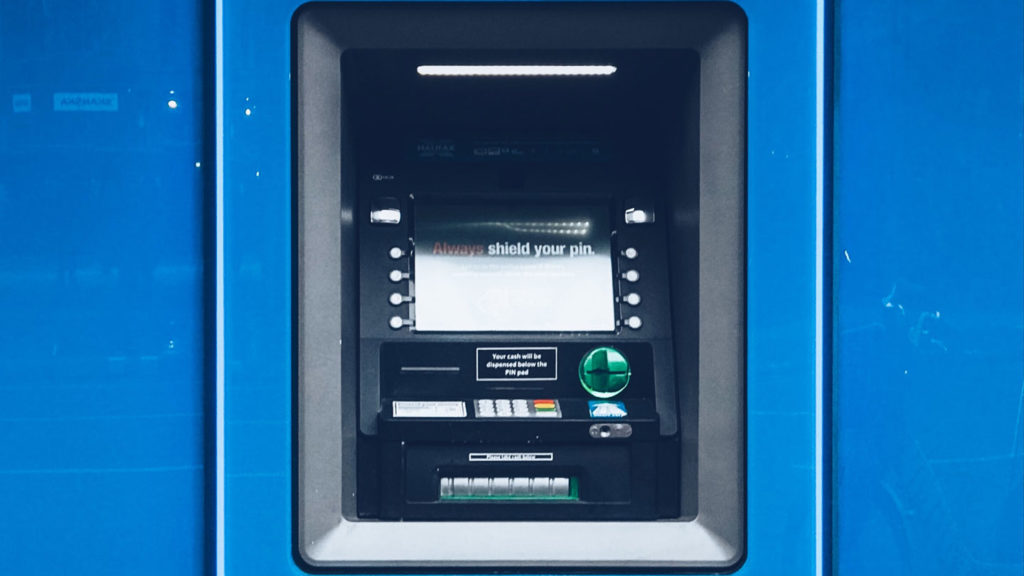The “Agreement for ATM Management and Support Services” is a legal document between a bank and an outside vendor. Access to services for maintaining and servicing ATMs are made available under this ATM placement contract.
Hardware and software upgrades, security and compliance measures, cash management, uptime guarantees, service level agreements, and dispute resolution processes are all spelled out in detail in the agreement.
With this arrangement in place, the bank’s ATMs will always be able to serve its clients in a safe and reliable manner. ATM Placement and Management Services refers to this kind of assistance.
Convenience Store And Gas Station ATM Management And Installation
ATM placement companies provide a range of services related to installing, managing, and maintaining ATMs. These companies typically work with financial institutions, retail businesses, and other entities to place ATMs strategically to increase access to banking services and improve customer convenience.
The services provided by an ATM placement company may include site evaluation and selection, installation and setup of the ATM, ongoing maintenance and repair, cash management, and compliance with industry regulations and security standards. They may also provide monitoring services to ensure the ATM is functioning properly and always available to customers.
ATM placement companies may place ATMs in high-traffic areas such as shopping malls, airports, and hotels to maximize customer convenience and usage. Additionally, they may work with businesses to place ATMs on their premises, providing an additional revenue stream for the business while increasing accessibility for customers.
Business Obligations Related to the Installation of ATM
Companies in charge of placing ATMs often have many duties for the upkeep of their ATM networks. The ATM placement firm is primarily responsible for the following tasks:
Legal responsibility for ATM breakage
Any vandalism, theft, or other loss of the ATM is normally the responsibility of the corporation that placed it. They should keep the ATM in working order and make sure it’s safe to use at all times.
Accounting for ATM Funds
It is the responsibility of the ATM installation service to safeguard the cash within the machine. It is their responsibility to keep the ATM stocked at all times with enough money to satisfy consumer needs. They need to take precautions against the currency being stolen or tampered with as well.
Adherence to regulatory frameworks
The ATM placement firm is responsible for ensuring that the ATMs they install are in accordance with all privacy and consumer protection rules and regulations as well as those imposed by the financial services sector. Their ATMs should be safe and up to code in accordance with applicable regulations.
Reporting and record-keeping
The ATM placement company must maintain accurate records of all ATM transactions, including cash withdrawals, deposits, and transfers. They must also provide regular reports to the financial institution or business owner regarding ATM usage, cash levels, and maintenance or repair issues.
Responsibilities of the Location Owner
As the owner of a location where an ATM is installed, several responsibilities must be fulfilled to ensure the smooth functioning of the machine and the safety of its users. The location owner may also need to coordinate with local law enforcement to protect the ATM.
The location owner plays a crucial role in maintaining the safety and reliability of the ATM, and fulfilling these responsibilities is essential to ensure the satisfaction of users and the success of the ATM as a business venture.
Compensation and Payment
This can be a mutually beneficial arrangement that incentivizes both parties to work together to increase ATM usage and revenue. Overall, it is essential for the payment structure, payment schedule, and revenue-sharing terms to be clearly defined and agreed upon in writing to evade any misinterpretations or disputes in the future.
Indemnification and Liability
Regarding ATM placement and management services, liability for damages or losses can arise from various sources, such as technical malfunctions, vandalism, theft, or user accidents. As such, it is crucial to clearly define the liability for each party involved in the agreement.
The location owner may be liable for damages or losses on their premises, such as accidents caused by poor maintenance or inadequate security measures. Overall, it is important to clearly define the liability and indemnification clauses in the agreement to avoid any confusion or legal disputes in the future.
Miscellaneous Provisions
The choice of governing law in an ATM placement and management agreement determines which jurisdiction’s laws will apply to the agreement. This can be an essential factor in the event of any legal disputes that may arise between the parties.
Clarity on dispute resolution processes is also very recommended. As an alternative to going to court, parties may try mediating or arbitrating their differences.
The complete agreement clause specifies that the written agreement is the entire agreement between the parties and that all earlier oral or written agreements are replaced.
The agreement should also include provisions for notice and communication obligations and the procedure for making changes to or revisions to the agreement.
Clearly defining these key provisions in the agreement can help minimize legal disputes and ensure a smooth working relationship between the ATM operator and the location owner.
Conclusion
A legally binding ATM placement contract outlining the terms and conditions of the arrangement between an ATM service provider and a customer is known as the Agreement for ATM Management and Support Services.
It details the roles and duties of both parties, as well as the services to be provided, performance expectations, costs, conditions of payment, privacy protections, and dispute resolution procedures.
By signing the agreement, the client’s interests are safeguarded, and the ATM service provider is committed to providing dependable and effective services. Both parties must carefully read and comprehend the contents of the agreement before signing it to avoid future misunderstandings or problems.
A clear and mutual understanding between the customer and the ATM service provider is established by the agreement, in conclusion.


